In the annals of American military history, alongside the stories of decorated generals and brave soldiers, there exists another category of hero – the four-legged warriors whose courage and loyalty have saved countless lives. These military working dogs (MWDs) have served with distinction in every major conflict since World War I, performing feats that often defy belief. From detecting hidden explosives to taking down enemy combatants, these canine soldiers have proven time and again that valor knows no species. Let’s meet seven extraordinary dogs whose battlefield heroics earned them national recognition and changed military protocols forever.
7. Sergeant Stubby – The Accidental War Hero (WWI)
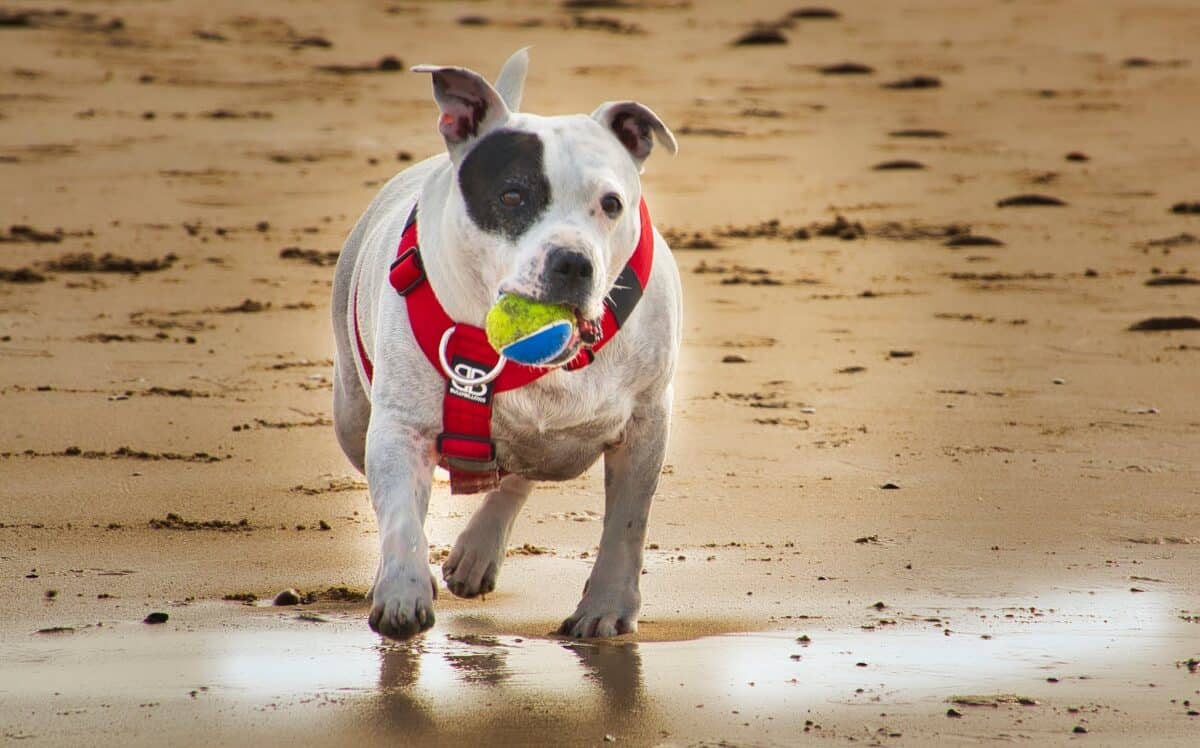
This brindle-coated pit bull mix became the most decorated dog of World War I despite never being an official military K-9. Stubby’s journey from stray to war hero began when he wandered into a Yale University training field in 1917 and befriended Private J. Robert Conroy.
From Mascot to Military Asset
Stubby’s natural abilities quickly became apparent:
- Learned to recognize bugle calls and drill formations
- Could identify incoming artillery shells before humans heard them
- Developed ability to detect mustard gas and warn soldiers
- Would comfort wounded men in trenches and field hospitals
His keen senses made him invaluable in the trenches of France.
Battlefield Heroics
Stubby’s combat achievements include:
- Capturing a German spy by biting his leg and holding him
- Locating wounded soldiers in no man’s land
- Surviving shrapnel wounds and gas attacks
- Serving in 17 battles over 18 months
He became the first dog given rank in the U.S. Army.
Post-War Celebrity
After the war, Stubby:
- Met three U.S. presidents (Wilson, Harding, Coolidge)
- Became Georgetown University’s mascot
- Led numerous veterans parades
- Received medals from the Humane Society and YMCA
His preserved remains are displayed at the Smithsonian.
6. Chips – The Most Decorated WWII K-9
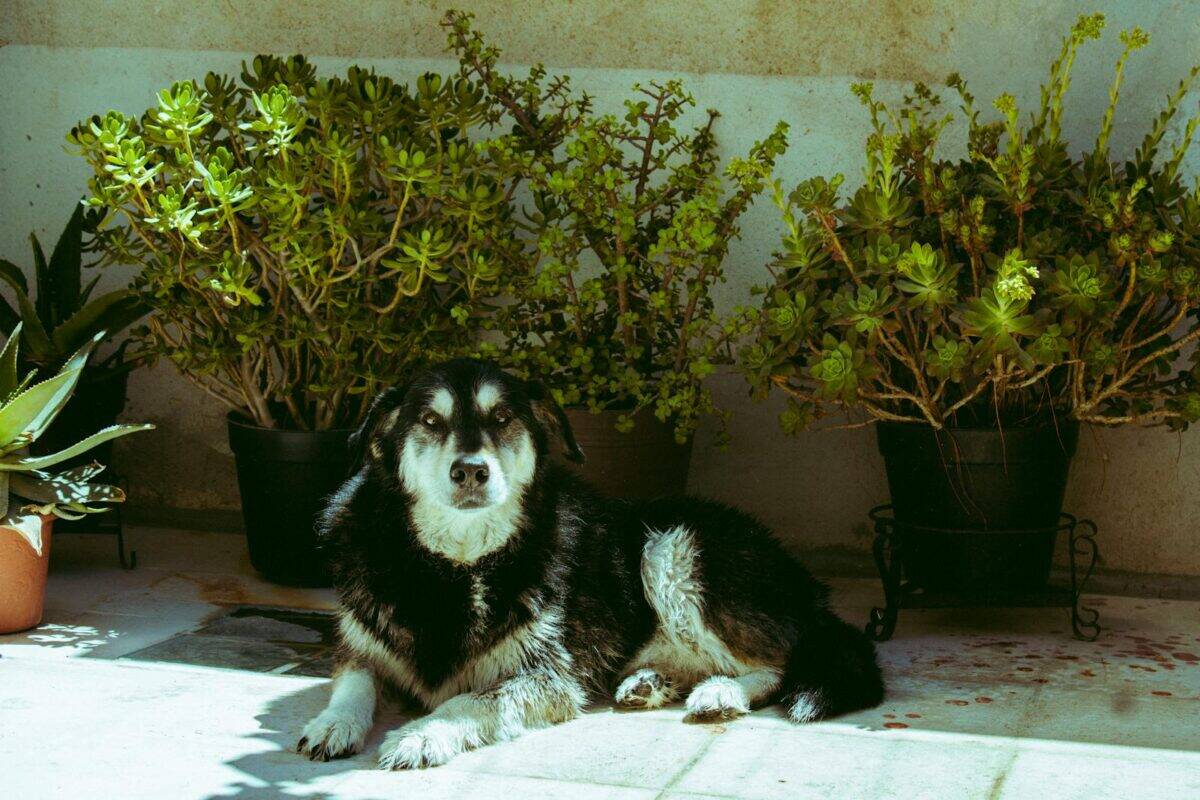
A German Shepherd/Collie/Siberian Husky mix, Chips served with the 3rd Infantry Division across North Africa, Italy, France and Germany. His actions during the Sicilian campaign would make him the most decorated military dog of World War II.
The Sicilian Beach Assault
During Operation Husky in 1943:
- Chips broke away from handlers during enemy fire
- Charged a concealed Italian machine gun nest
- Attacked the gunners, forcing four soldiers to surrender
- Suffered powder burns and scalp wounds in the attack
His actions saved an entire platoon from being pinned down.
Medals and Controversy
Chips was originally awarded:
- Silver Star for gallantry
- Purple Heart for wounds
- European-African-Middle Eastern Campaign Medal
The medals were later revoked due to military policy against decorating animals.
Lasting Legacy
Chips’ service proved:
- The value of sentry dogs in combat zones
- Canine intelligence in high-stress situations
- The bond between handlers and working dogs
His story inspired the 1990 Disney film “Chips the War Dog.”
5. Nemo – Vietnam’s One-Eyed Sentinel (1966-1973)
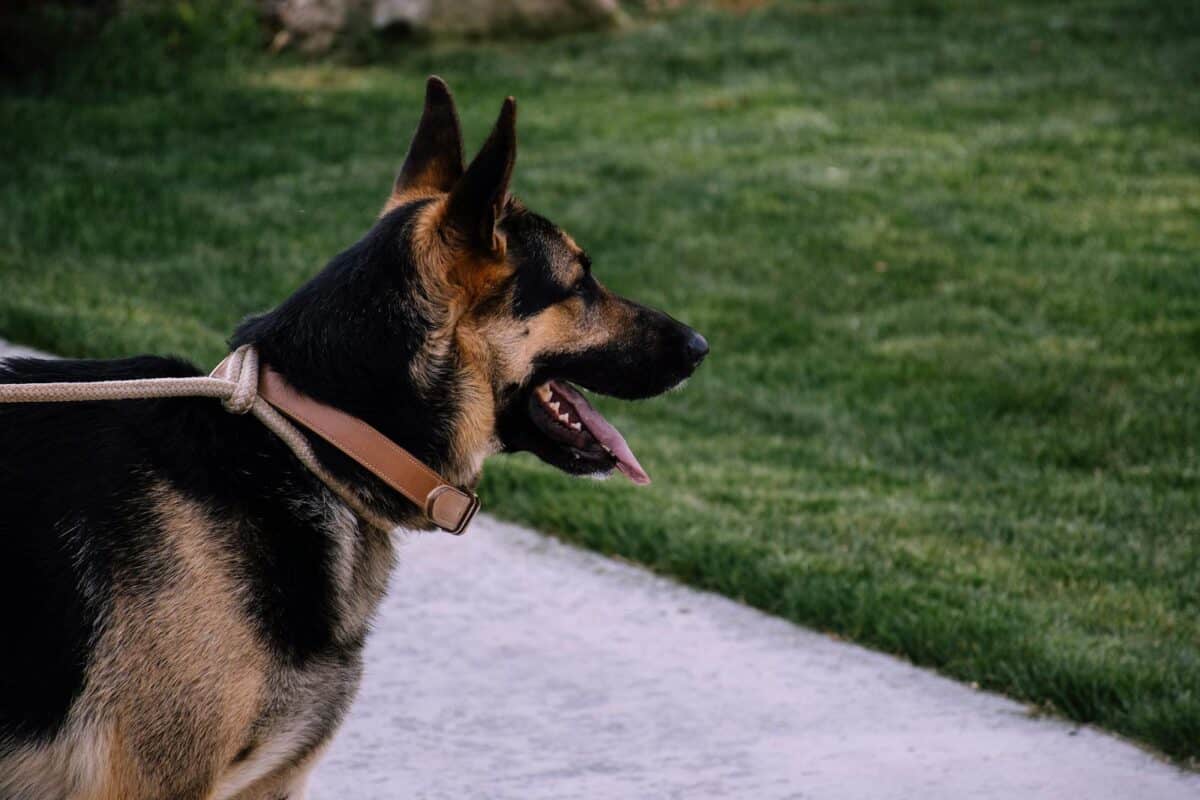
This 85-pound German Shepherd served with the United States Air Force Security Police in Vietnam, where his heroic actions during a Viet Cong attack redefined the value of military working dogs in combat zones.
The Night That Made History
On December 4, 1966, Nemo and handler Airman 2nd Class Robert Thorneburg were on patrol near an airbase when:
- Nemo detected movement in dense jungle brush
- VC fighters opened fire from 10 yards away
- A bullet entered through Nemo’s right eye and exited his mouth
- Despite grievous wounds, he attacked the gunmen
Nemo took down at least two attackers before collapsing on Thorneburg’s chest.
Medical Miracles
Both survived against impossible odds:
- Nemo’s skull fracture exposed brain matter
- Thorneburg took rounds in shoulder and chest
- Doctors reconstructed Nemo’s face with metal plates
- His right eye was replaced with a glass prosthesis
The dog refused food until allowed to visit his hospitalized handler.
Breaking Military Protocol
Nemo’s case forced unprecedented changes:
- First MWD officially retired due to combat injuries
- Given permanent kennel at Lackland AFB (normally euthanized)
- Hand-carried to schools for educational programs
- Lived until 1973 – his gravestone reads “Defender of Tan Son Nhut”
4. Lex – The Marine Who Earned His Purple Heart (2005-2012)
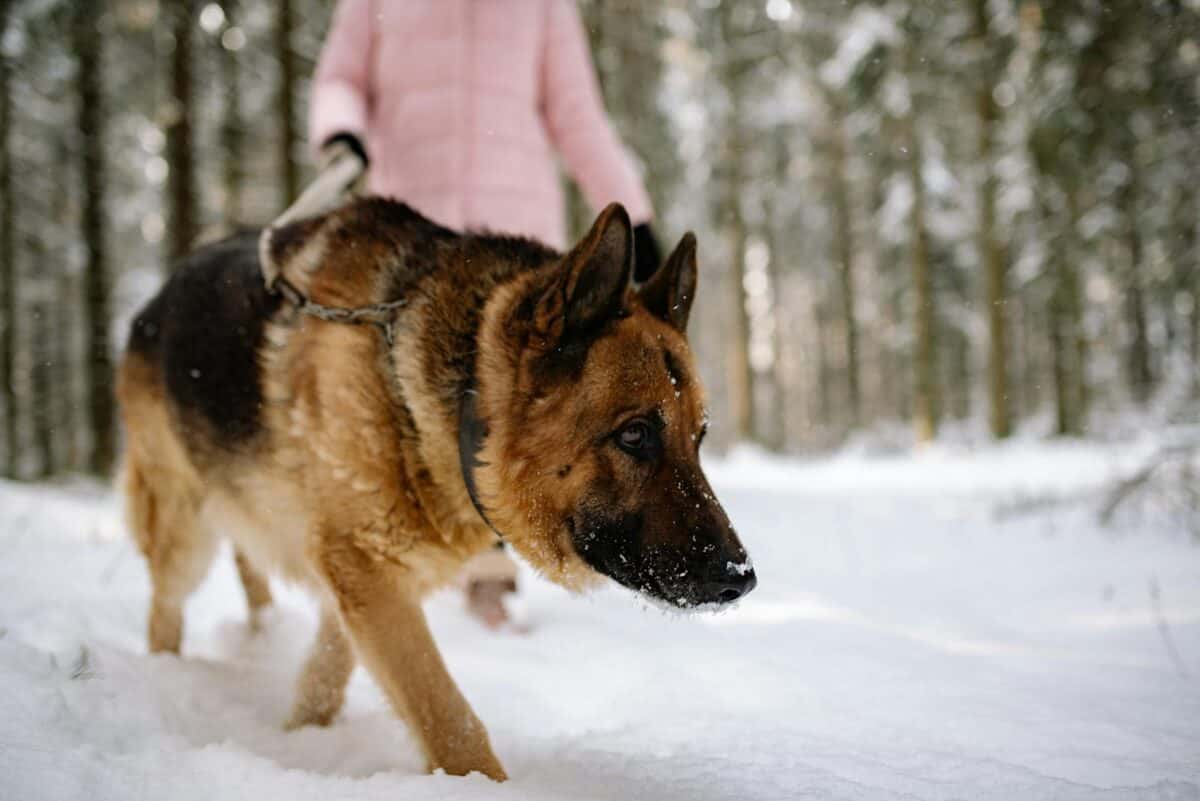
This German Shepherd’s bond with handler Cpl. Dustin Lee became legendary after a 2007 mortar attack in Fallujah that demonstrated canine devotion beyond the call of duty.
The Attack That Changed Everything
On March 21, 2007:
- Lex and Lee were searching for IEDs near a marketplace
- 82mm mortar round landed just 3 feet away
- Shrapnel tore through Lee’s femoral artery
- Lex took 30+ fragments but stayed atop his dying handler
- Medics had to physically remove Lex for treatment
Lee became the first Marine K-9 handler killed in Iraq.
Historic Retirement
Lex’s case sparked military policy changes:
- Received Purple Heart (rare for animals)
- Congressional intervention allowed early adoption by Lee’s family
- First MWD retired before standard 10-year service requirement
- Became therapy dog for wounded veterans
His veterinary costs were covered by public donations.
Scientific Legacy
Lex’s shrapnel wounds contributed to:
- New K-9 body armor designs
- Improved battlefield veterinary protocols
- Studies on canine pain tolerance
- Understanding of handler-dog bonding hormones
3. Cairo – SEAL Team Six’s Silent Operator (2008-2015)

The Belgian Malinois who participated in Operation Neptune Spear (the Bin Laden raid) represented the pinnacle of special operations canine training – a dog so valuable his existence was classified for years.
Anatomy of a Secret Weapon
Cairo’s capabilities included:
- HALO jumps from 30,000 feet with oxygen mask
- Submarine deployment from USS Carl Vinson
- Explosive detection accurate to 1 part per billion
- Silent takedowns using specialized bite techniques
- Ability to climb ladders and navigate pitch-black rooms
His training cost exceeded $250,000.
The Bin Laden Raid
On May 2, 2011:
- Scouted perimeter before SEALs entered compound
- Detected booby traps and hidden compartments
- Secured escape routes during firefight
- Prevented enemy reinforcements from approaching
President Obama specifically asked “Did the dog get out okay?”
Classified Heroism
What we know post-declassification:
- Served multiple tours in Afghanistan
- Credited with finding 100+ IEDs
- Trained to recognize specific terrorist scent profiles
- Retired to handler’s home in 2015
His exact whereabouts remain undisclosed for security reasons.
2. Lucca – The Unstoppable IED Hunter (2006-2016)
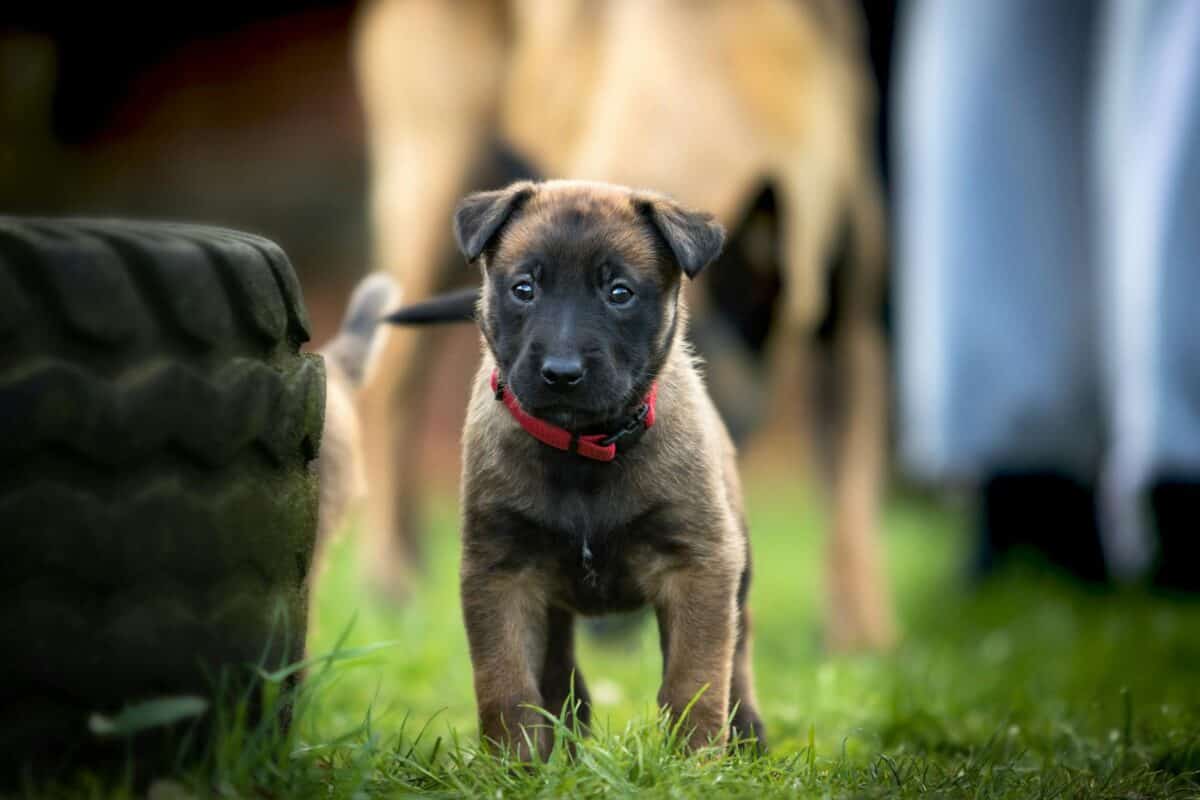
This German Shepherd/Belgian Malinois mix completed over 400 missions across Iraq and Afghanistan without a single human casualty – until her final patrol where she sacrificed herself to save her team.
Six Years of Flawless Service
Lucca’s unprecedented record:
- Detected over 40 IEDs and weapons caches
- Led 200+ patrols in Helmand Province
- Worked both explosives detection and patrol roles
- Never triggered a false alarm that delayed operations
Marines called her their “good luck charm.”
The Final Mission
March 2012, Afghanistan:
- Detected first IED – team cleared it safely
- Moved forward to check for secondary devices
- Hidden pressure-plate IED detonated beneath her
- Absorbed full blast with her body
- Despite severe burns and missing leg, tried to return to work
Her actions prevented the patrol from stepping on the device.
Historic Honors
Lucca received:
- Dickin Medal (animal equivalent of Victoria Cross)
- Purple Heart equivalent from U.S. Marine Corps
- Full military retirement ceremony
- Lifetime veterinary care benefits
She lived comfortably with handler Gunnery Sergeant Chris Willingham until passing naturally in 2018.
1. Conan – The Dog Who Brought Down ISIS (2014-Present)
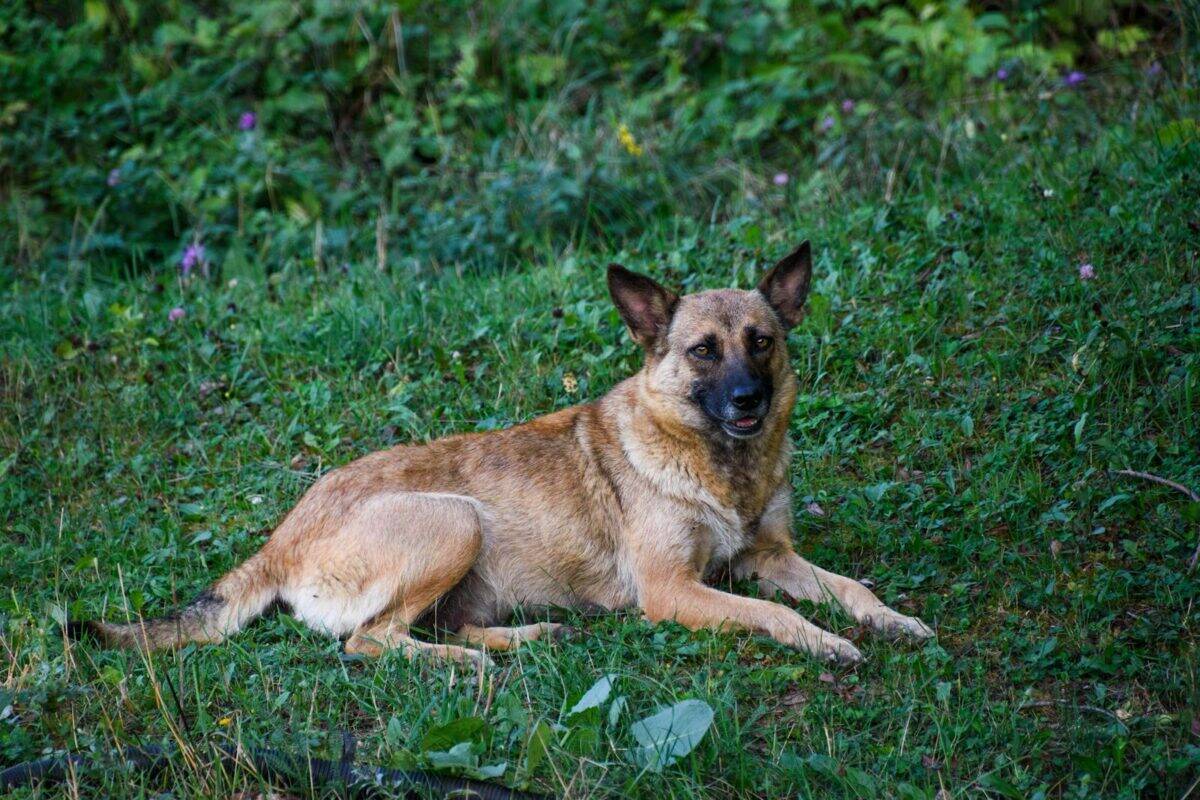
This Belgian Malinois became a global sensation after the 2019 Delta Force raid that killed ISIS leader Abu Bakr al-Baghdadi – where Conan’s actions proved critical to mission success.
Operation Kayla Mueller
October 26, 2019, Syria:
- Conan fast-roped into compound with SEAL Team
- Cleared rooms and detected hidden fighters
- Chased al-Baghdadi into tunnel network
- Forced terrorist to detonate suicide vest rather than be captured
- Suffered electrical burns from exposed wires
President Trump later called Conan “a tough cookie.”
Specialized Training
Conan’s elite skills included:
- Silent parachute insertions
- Vertical surface climbing (ladders/ropes)
- Night vision goggle compatibility
- Chemical weapon detection
- Hostage scent identification
His training exceeded $150,000.
Living Legend
Post-mission:
- Met President Trump at White House
- Promoted to rank of Sergeant
- Featured on Time Magazine cover
- Current whereabouts classified (likely still active)
His collar and vest are displayed at SOCOM headquarters.
Conclusion: More Than Equipment – They’re Family
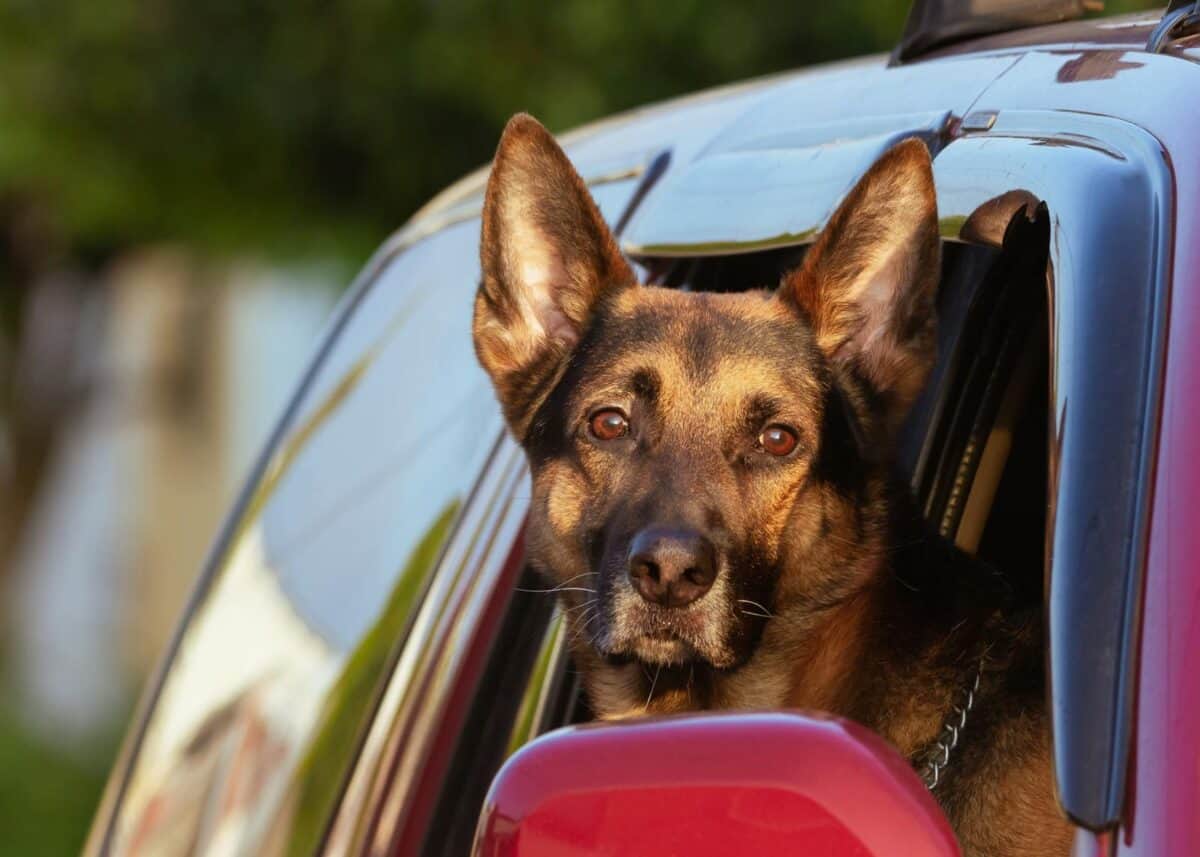
These seven dogs represent thousands of military working dogs who’ve served since World War I. Their stories reveal an undeniable truth: these are not mere tools of war, but intelligent, courageous beings deserving of our deepest respect and gratitude.
The Changing Status of MWDs
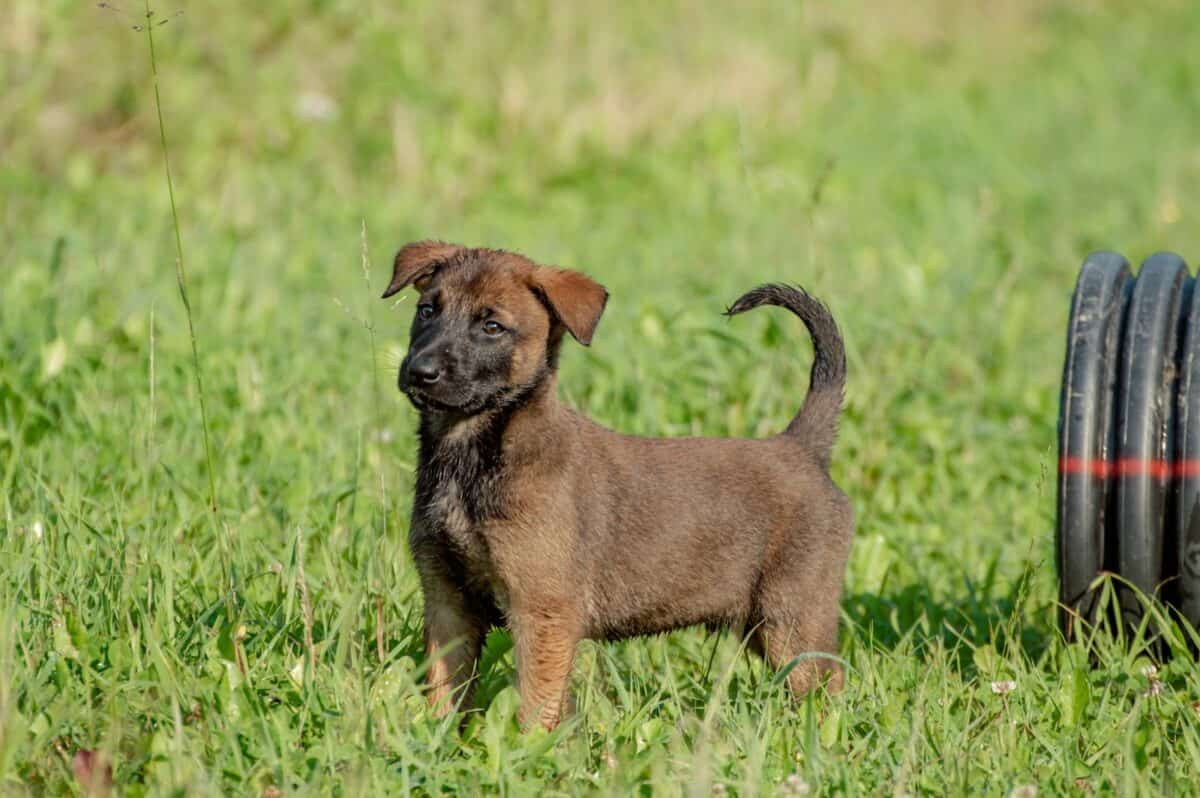
Because of these heroes:
- 2016: All retired MWDs now adopted (no euthanasia)
- 2019: Military working dogs officially reclassified as “canine veterans”
- 2021: VA began covering service dog therapy for PTSD
- 2023: First National Military Working Dog Day established
How to Honor Their Legacy
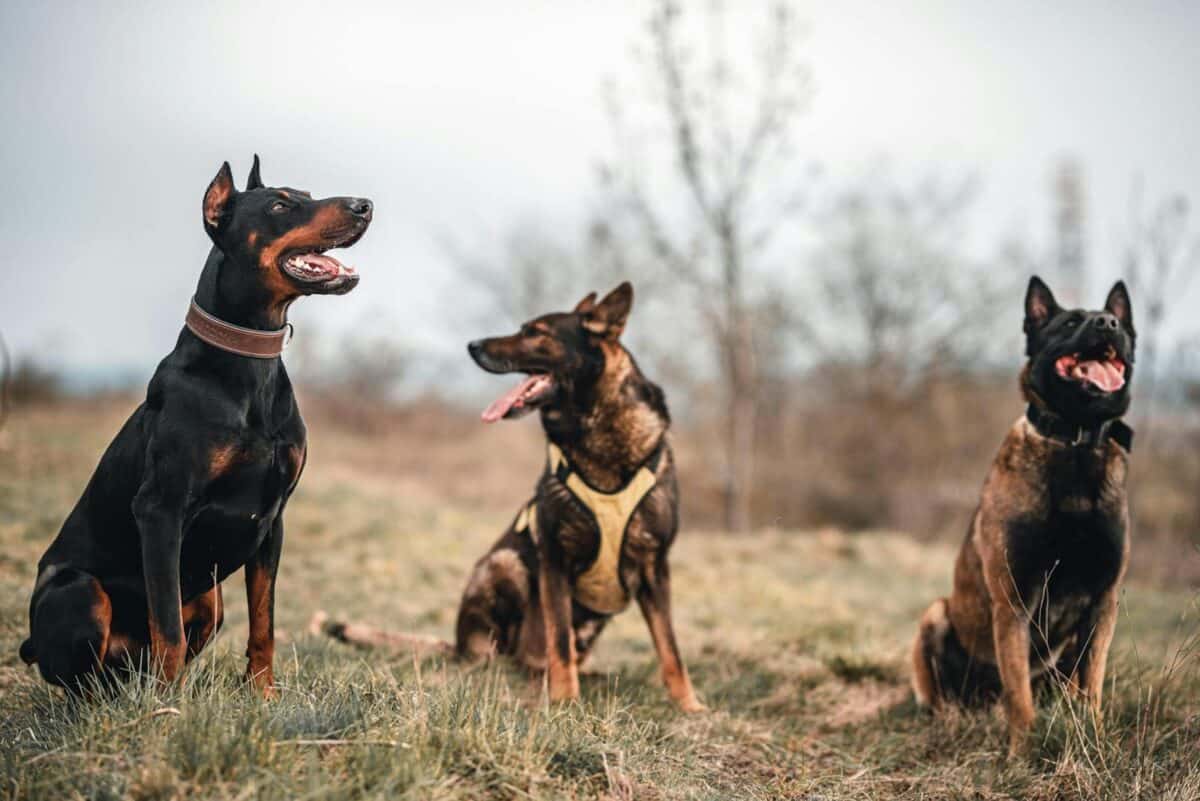
Readers can:
- Donate to MWD adoption organizations
- Support veterinary care for retired dogs
- Educate others about their contributions
- Advocate for continued policy improvements
As General Patton noted: “Bravery is common in dogs – what’s rare is the human ability to recognize it.”
- 10 Dog Breeds That Look Like Wild Animals – But Make Great Pets! - August 4, 2025
- 15 Dog Breeds That Will Protect You at Any Cost - July 18, 2025
- 10 Most Expensive Pets Only the Rich Can Afford - July 16, 2025

